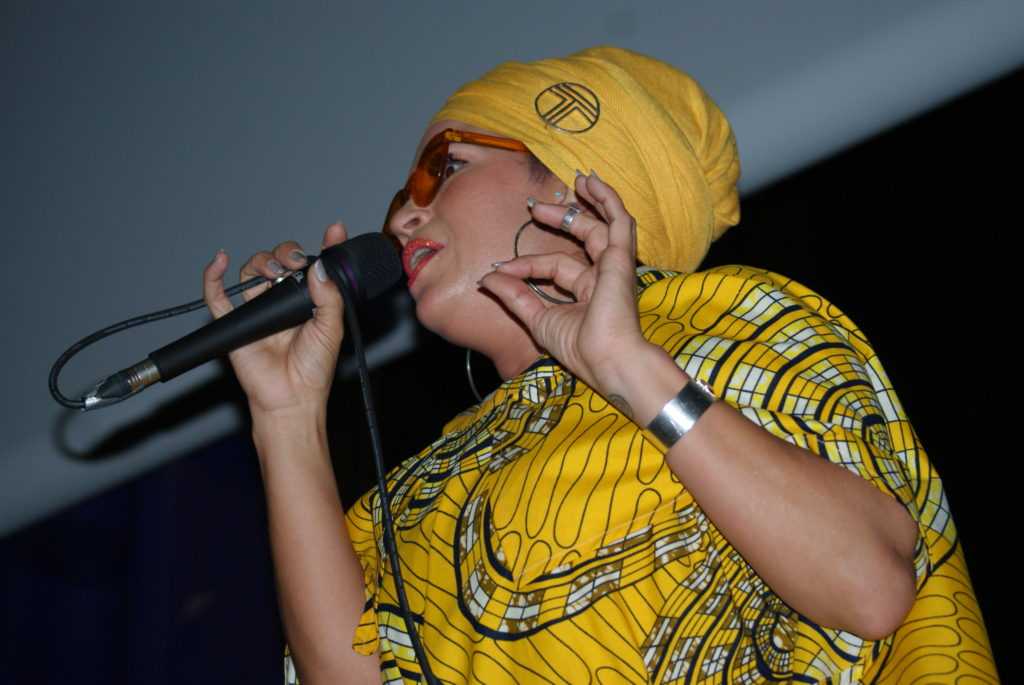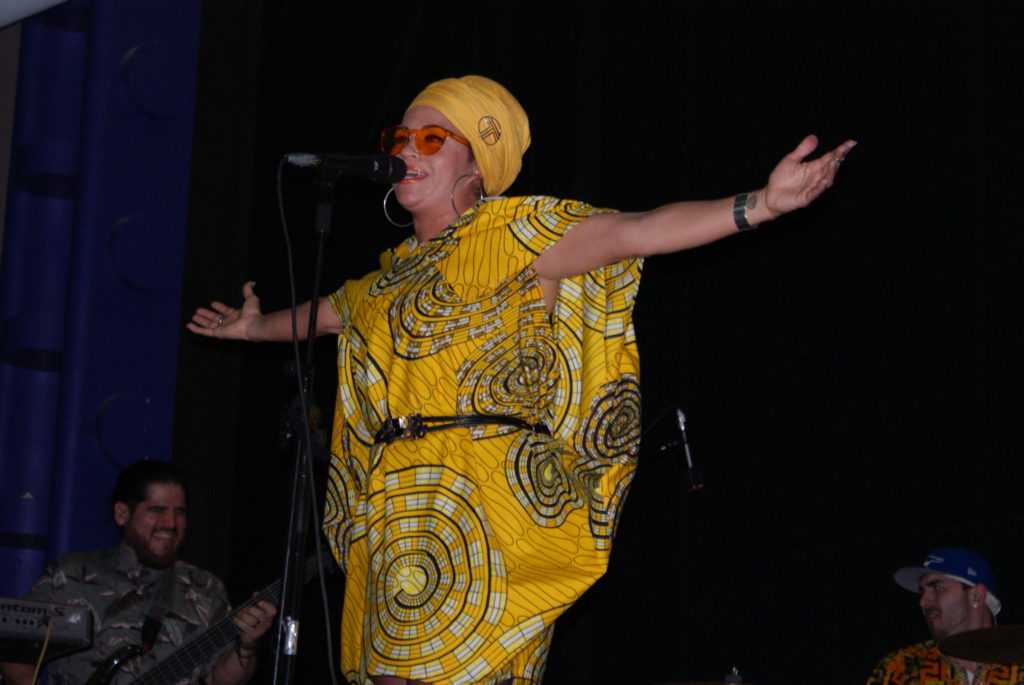on
BY SIMONE J. SMITH

It is mind-blowing to think that because of political powers, the world has not been exposed to a dynamic movement happening on the beautiful island of Cuba. Toronto Caribbean Newspaper was invited for the first time to be a part of the CineCuba Film Festival, 2019. It is a three-day festival celebrating Cuba’s 60th year of independence, the birth of the Cuban Film Commission, and the special, more than 75-year relationship between Canada and Cuba. The Festival ran from March 29th-31st at the gorgeously restored, historic Royal Cinema located at 608 College Street.
The opening night of the film festival was a smashing success. Assisting with the organization of this event was the Pennant Media Group, founded by PR veteran Kevin Pennant. His team including: Media Relations Consultant, Cameron Thomas. Public Relations Consultant Ruth Milikin, Social Media Specialist, Tracy Ward, and Digital Designer, Arnaldo Quintini, have developed a track record of successful campaigns including red carpet blockbuster film premieres and a multitude of charitable initiatives. They remain focused on working with remarkable change makers and utilizing traditional and non-traditional media to connect the message to the community.
Another indispensable element of the CineCuba Film Festival was director, producer, and prolific independent filmmaker Ron Chapmen. Chapman is the Managing Director, and Head of Broadcast Production at Brand Works, a privately held full-service marketing and communication company. For over 20 years, his agency has successfully launched a variety of Canadian and Global brands into the marketplace including: Esquire Watch, The Globe and Mail, Mr. Sub, and Movado to name a few.
This time around, Canadian-born Ron Chapman wanted to take on a new challenge and shed light on a situation that many around the world had no idea about. It started when he visited Cuba about eight years ago and was overwhelmed at what he didn’t know. He was taken back by the diversity of the music and how very little Cuban music is known or played internationally. Like everything, there is a story, and Ron saw the necessity of creating a visual art piece that would help clear up the myths about Cuba and the Cuban people. He thought that the best way to do so was to share their great diversity of musical talent, and the unique creative relationships the artists have with each other formed off their need for pure passionate art.
Cuba has always had an open relationship with Canada that has continued despite the considerable pressure from the United States to join the embargo that was put on Cuba after the 1959 revolution. Chapman’s main objective is to educate the public about the music of Cuba, their artistic process, and how the embargo has affected the island for many years. After the Cuban Revolution, there was no longer the same ability for Cuban artists to travel, meet, play or be influenced by foreign artists. Multinational record companies connected with the United States were forbidden to sign any artists from the island, making it difficult for the great talent residing there to be recognized.

As a result of this, the island developed a musical community that was not influenced at all by Western culture. The music was created for the Cuban people, and it reflected their: culture, society, politics, and daily lives. They did not have the outside influences including: popular radio stations, television stations, newspaper, magazines, or the Internet that is available to the majority of the world population.
The artists continued to influence each other but did not have the opportunity to go outside the country and mingle with other artists. There are 40 artists in the film, and some that were left on the cutting room floor, not because they were not great, but because of time limitations. I had the amazing opportunity of meeting and interviewing Latin Grammy Award-winning Telmary Diaz, a beautiful, and powerful Spoken Word, and Hip-Hop artist who happened to be in Canada for the premiere. She has defeated many odds, and her joy has been being recognized as the first female Hip-Hop artist out of Cuba to get national acclaim. Although she has released three albums, been featured over 64 times, has been nominated for a Juno, and is the recipient of the first Cuba Disco Award, she remains deeply connected with her Afro-Cuban religious roots, and this is seen in her highly spiritual performances.
The already fantastic evening was not complete without a special set performed by Telmary and her 8-piece band. All proceeds from the night’s ticket sales were donated to Cuban tornado relief, and one can only hope, that this documentary will open the eyes of the viewers, so they can see the wonderful talent that has been kept hidden from the world.
Stay in the loop with exclusive news, stories, and insights—delivered straight to your inbox. No fluff, just real content that matters. Sign up today!
We, as humans are guaranteed certain things in life: stressors, taxes, bills and death are the first thoughts that pop to mind. It is not uncommon that many people find a hard time dealing with these daily life stressors, and at times will find themselves losing control over their lives. Simone Jennifer Smith’s great passion is using the gifts that have been given to her, to help educate her clients on how to live meaningful lives. The Hear to Help Team consists of powerfully motivated individuals, who like Simone, see that there is a need in this world; a need for real connection. As the founder and Director of Hear 2 Help, Simone leads a team that goes out into the community day to day, servicing families with their educational, legal and mental health needs.Her dedication shows in her Toronto Caribbean newspaper articles, and in her role as a host on the TCN TV Network.












